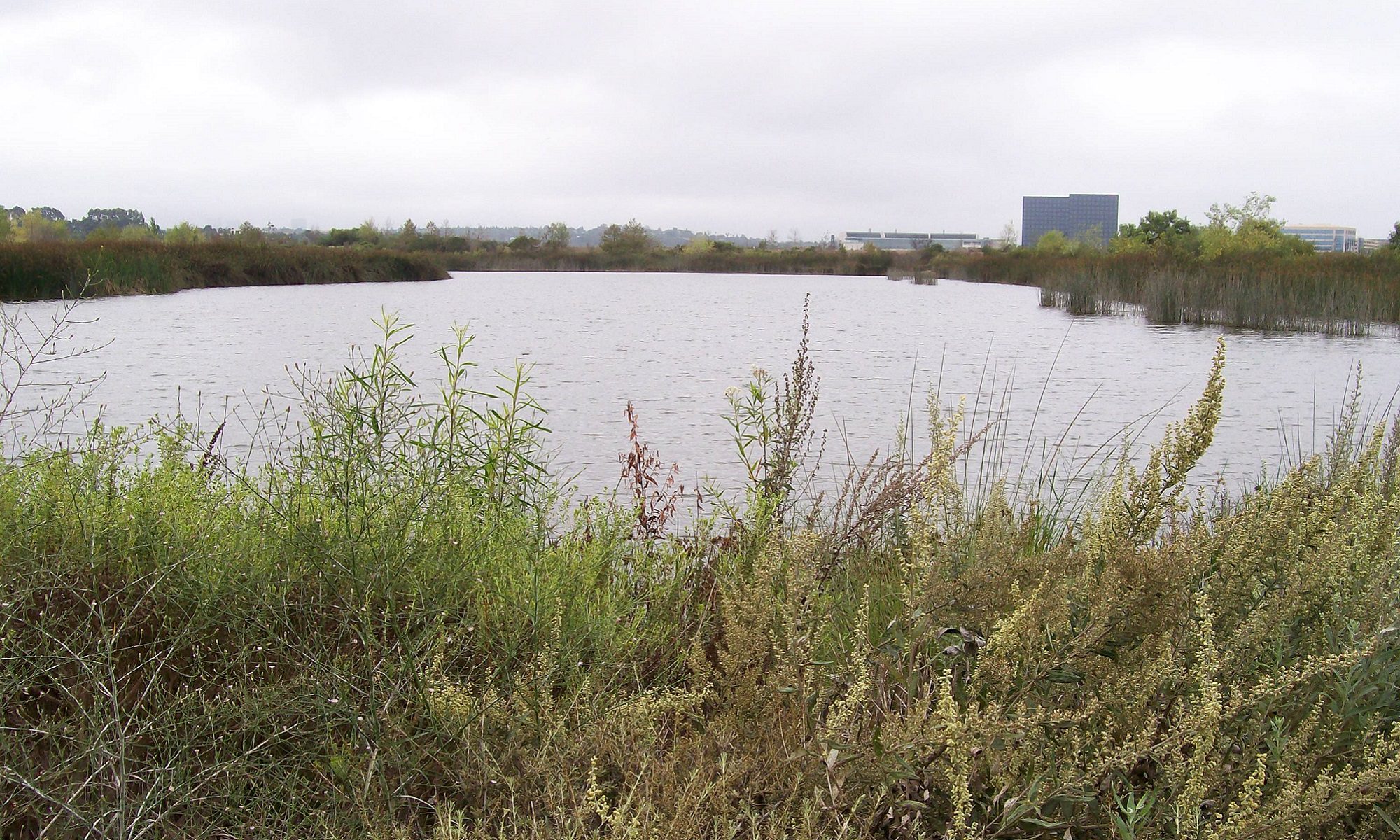Within the next few weeks, the second edition of the nonfiction cryptozoology book Live Pterosaurs in America will be published. This expanded edition will include new reports of sightings, thrilling eyewitness accounts of encounters with living pterosaurs in the United States. Consider excerpts from some of the sightings.
San Fernando Valley, California Pterosaur Sighting
I received an email, in September of 2009, from a man who lives in the San Fernando Valley (northern Los Angeles County). . . . my girlfriend and I saw a creature last night (9/21/2009) that baffled us. It was a very large, winged creature that was gliding maybe 100 yards above us. We stared at the creature in disbelief because it was so strange . . . the wings had a glow or reflection.
Black and Orange Pterosaur in Texas
Aaron Tullock was eight years old (about 1995) when he saw a hovering flying creature . . . Late in a sunny afternoon in Marion County, Texas, he was alone in the yard of his grandparent’s house. “I saw a featherless flying animal with a wingspan of about 4 1/2 to 5 feet and a long tail with a diamond type shape at the tip of it. No hair or feathers anywhere, just leathery reptile type skin. . . . mouth/beak full of long sharp teeth . . . Its color was bright orange with black ‘tiger stripes.’ . . . although the animal was brightly colored, the underside was not brightly colored . . .”
“Pterodactyl” Flies At Night in Ohio
“. . . On June 26, 2010, at 11:15 pm, I was driving on Rt 309 just outside of Kenton, Ohio, perfectly clear night . . . and I had a creature swoop down and glide over my hood of my car. It glided smoothly and looked like a Pterodactyl . . . Because of the full moon of that eve I could see it remarkably clear and it was very close to my car. . . . I just can’t get this out of my mind. I did not know who to contact . . . thank you for your quick response.”
In addition, there is a new chapter about the Marfa Lights of Texas.
The appendix of the book will have several pages on the 1971 pterosaur sighting in Cuba, by Eskin Kuhn (actually he saw two pterosaurs). The proximity to the United States and the similarities with pterosaurs seen in the U.S. made it appropriate to include that sighting in the book.
*************************************************************************************************


